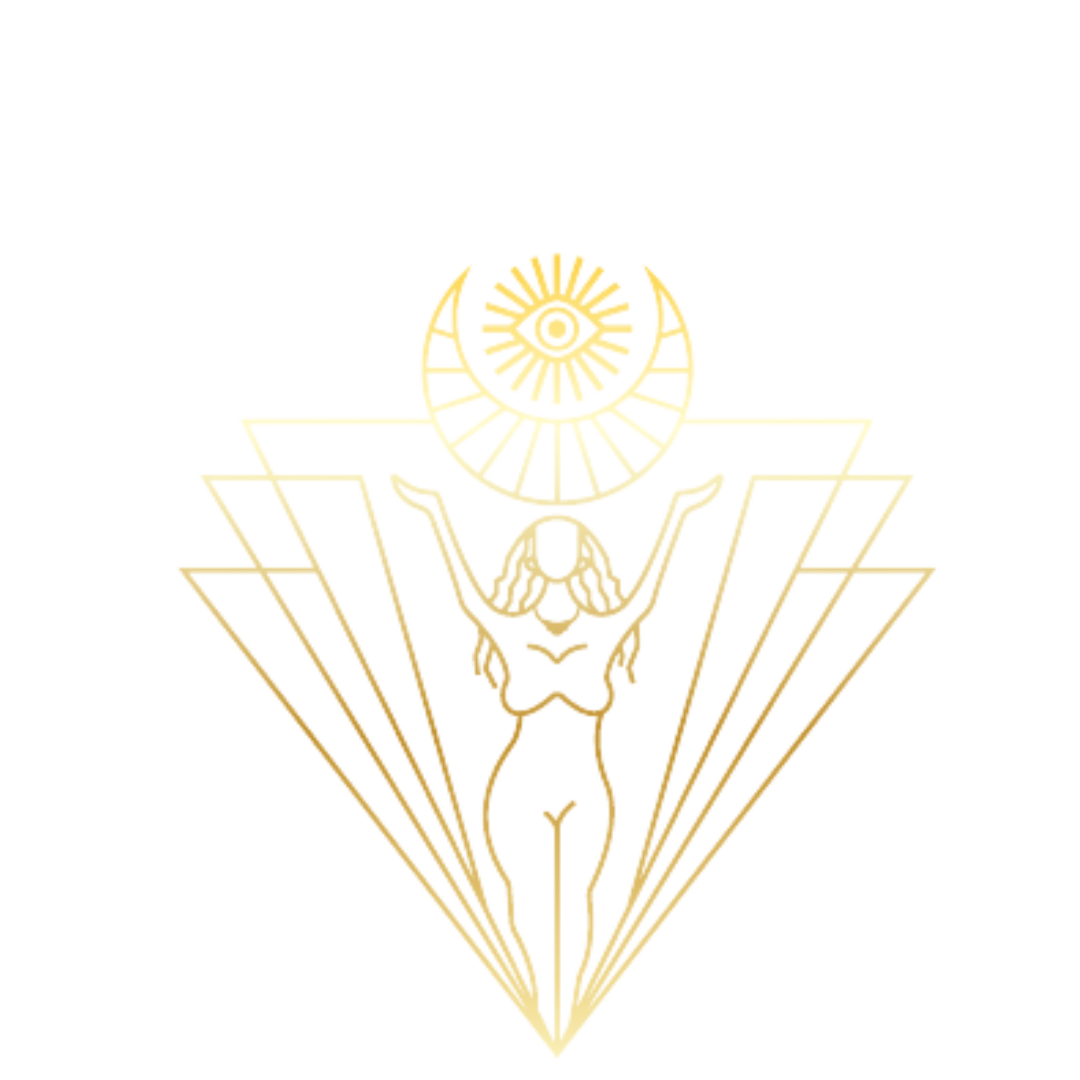Chinese Medicine
In this research we will explore the closely related Chinese Medicine practices and concepts of Tai Chi, Qi Gong, and Yin Yang as they pertain to the promotion of balance and harmony, vitality and spiritual growth, and health and wellness overall.
The Delicate Arts of Tai Chi, Qi Gong, and Yin Yang
Ancient Chinese Medicine is a holistic healthcare system that originated in China thousands of years ago. It encompasses various practices such as acupuncture, herbal medicine, massage, and dietary therapy. The fundamental principles of ancient Chinese medicine are based on the concept of Qi (pronounced "chee"), which is the vital energy that flows through the body. The balance of Qi is believed to be essential for maintaining good health, and illness is thought to be a result of an imbalance or blockage of Qi.
Yin Yang Principles
Yin Yang is a fundamental concept in traditional Chinese philosophy that represents the dualistic and complementary nature of all things in the universe. The concept of Yin Yang is based on the idea that everything in the universe is composed of two opposite and complementary forces, which are constantly in a state of dynamic balance and change.
Yin represents the feminine, dark, and passive qualities, while Yang represents the masculine, bright, and active qualities. Examples of Yin and Yang include night and day, cold and hot, soft and hard, as well as inward and outward, etc. Yin and Yang are not absolute opposites, but rather interdependent and interconnected aspects of a whole.
According to the concept of Yin Yang, the balance and harmony between the Yin and Yang are essential for optimal health and well-being. Any imbalance or excess of one force over the other can lead to disharmony and disease. Therefore, the goal of traditional Chinese medicine, martial arts, and spiritual practices, such as Tai Chi and Qi Gong, is to balance and harmonize Yin and Yang energies in the body, mind, and spirit.
The Art of Tai Chi
Tai Chi is a traditional Chinese martial art that combines slow and gentle movements with deep breathing and meditation. It is also known as Tai Chi Chuan or Taijiquan, and it originated in the 17th century in China. Tai Chi is practiced for both its health benefits and its martial arts applications. The practice of Tai Chi is believed to improve balance, flexibility, strength, and relaxation, and it is often recommended for reducing stress and promoting overall well-being.
Qi Gong Practice
Qi Gong, like Tai Chi, is a traditional Chinese practice that combines physical movements, meditation, and deep breathing techniques to promote health, vitality, and spiritual growth. Qi Gong is a broad term that encompasses a wide range of practices, including martial arts, medical Qi Gong, and spiritual Qi Gong.
In Qi Gong, the concept of Qi or vital energy is central. Qi Gong practitioners believe that by cultivating and balancing Qi, they can improve their physical, emotional, and spiritual health. Qi Gong exercises involve slow and gentle movements, deep breathing, visualization, and meditation, which are all designed to promote the flow of Qi throughout the body.
Like Tai Chi, Qi Gong is closely related to Chinese medicine and the concept of Yin Yang. The practice of Qi Gong is believed to help balance and harmonize Yin and Yang energies in the body, which can help improve overall health and well-being.
In summary, both Tai Chi and Qi Gong are traditional Chinese practices that combine physical movements, deep breathing, and meditation techniques to promote health, vitality, and spiritual growth. These practices are closely related to Chinese medicine and the concept of Yin Yang, and they are believed to help balance and harmonize the complementary and interconnected energies of the body, mind, and spirit.
Written by Kaileah
Edited by Cassandra







